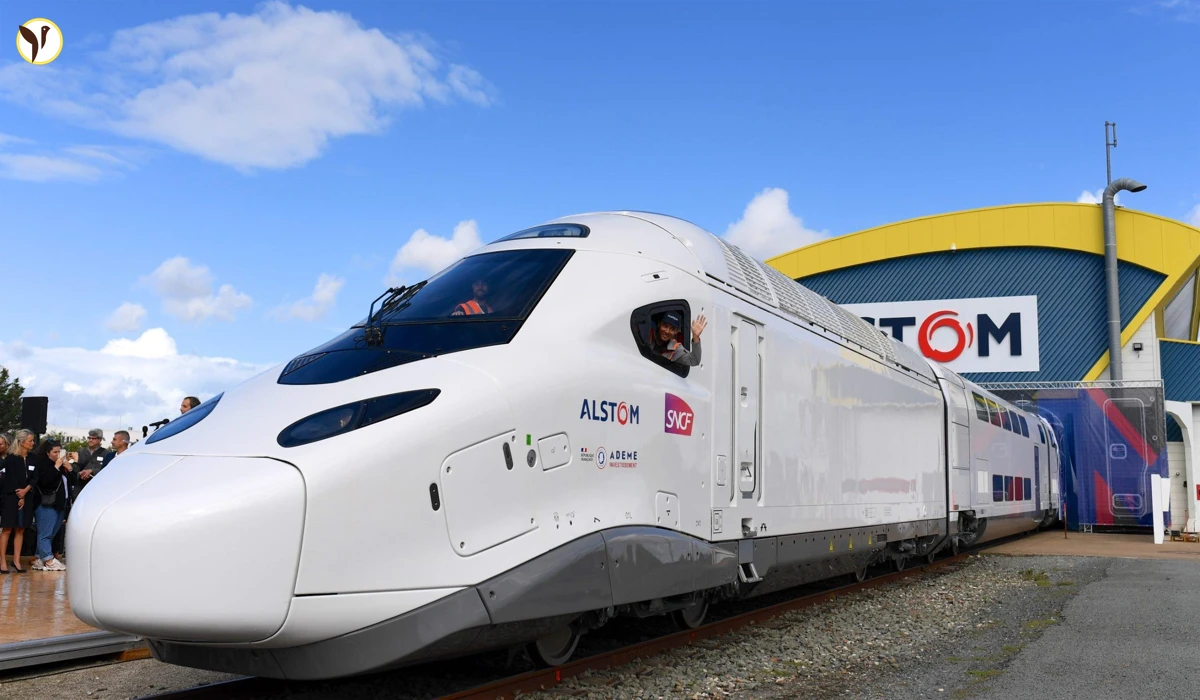Alstom Back in the Black, But Investor Concerns Dampen Celebrations
French train manufacturer Alstom announced a return to profitability in its 2024-2025 fiscal year, driven by strong global demand for rail services. However, despite reporting a net profit of €149 million ($168 million) – a significant turnaround from the previous year's €309 million loss – the company's shares took a dive, falling over 15 percent in early Paris trading. The reason? Investors weren't thrilled with Alstom's projected growth targets.
Alstom's Strong Performance and Global Strategy
The company’s success story is largely attributed to a consistent rise in revenue, reaching €18.5 billion – a nearly five percent increase year-on-year. This growth is fueled by the robust European rail market, a key area of focus for Alstom. Interestingly, despite global trade uncertainties, Alstom seems relatively insulated, thanks to a shrewd global production strategy.
- Local Production, Global Reach: Alstom's CEO, Henri Poupart-Lafarge, highlighted the company's commitment to local manufacturing as a key factor in securing major contracts around the world, citing successes in India, Australia, and the US as prime examples.
This localized approach, honed over the past decade, allows Alstom to navigate international trade complexities and remain competitive in diverse markets. The acquisition of Bombardier's rail business in 2021 further strengthened its global footprint.
Looking ahead, Alstom aims for an operating margin growth of eight to ten percent next year, focusing on efficiency improvements and high-value contracts. However, this target fell short of investor expectations, leading to the significant stock market downturn.
Sustainability Initiatives: A Green Focus in Mexico
Beyond its financial performance, Alstom is making strides in sustainability. The company recently installed a substantial photovoltaic panel system at its Ciudad Sahagún, Mexico, manufacturing plant – its third largest globally. This impressive solar array, covering over 15,000 square meters, is expected to generate about 1,200 MWh of energy annually, covering around 16.8% of the plant's energy needs.
- Reducing Energy Costs and Environmental Impact: This initiative not only significantly reduces the plant's reliance on the volatile energy market and rising electricity costs but also underscores Alstom's commitment to environmentally friendly practices.
- A Partnership for Sustainability: The project is a collaboration with Iberdrola, a Spanish energy company, under a 20-year Power Purchase Agreement (PPA).
Maite Ramos, Managing Director of Alstom Mexico, emphasized the importance of this project, calling it a significant milestone for Alstom's Mexican operations and a testament to the company's dedication to a sustainable and competitive future. While this is Alstom's first solar installation in the Americas, the company already boasts 12 similar projects at its international sites.
Conclusion: A Mixed Bag for Alstom
Alstom's return to profitability is undeniably positive news, highlighting the strength of its global strategy and resilience in a challenging economic climate. However, the market reaction underscores the importance of managing investor expectations. The company's commitment to sustainability, as demonstrated by its Mexican solar initiative, is a commendable aspect that should further enhance its long-term appeal. Whether the company can bridge the gap between its financial performance and investor sentiment remains to be seen.


/content/stories/thumb/thumb691acf48cceef7.90710965.webp)
/content/stories/thumb/thumb691abf43d9ee95.26593830.webp)
/content/stories/thumb/thumb691ab5532e24c1.34805318.webp)
/content/stories/thumb/thumb691aab78a89ce4.88679144.webp)
/content/stories/thumb/thumb69184c813c8444.34590724.webp)


